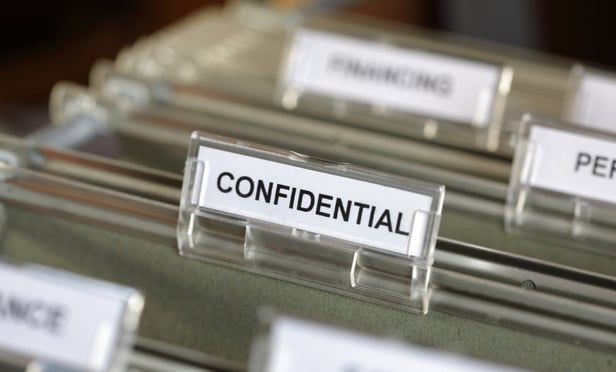Commercial litigation invariably requires the disclosure of confidential information. These disclosures are facilitated by a protective order, which sets the terms for the disclosure and use of such information. If best practices and effective case management techniques are followed, protective orders are invaluable for ensuring the protection of confidential information at minimal cost. But if best practices are not followed and something goes wrong—as occurred in the high-stakes litigation between Apple Inc. and Samsung Electronics Co.—the results can be distracting and expensive. The Apple/Samsung protective order dispute provides important lessons that can help a company avoid or mitigate these types of errors.
The Apple/Samsung Dispute
Last fall, while Samsung and Apple were preparing for retrial of Apple’s billion-dollar verdict in federal court, the parties became embroiled in a heated battle over Samsung’s violation of the protective order. After months of discovery and motion practice, a magistrate judge found that the lack of oversight by Samsung and its outside counsel resulted in widespread improper dissemination of Apple’s sensitive licensing information, and ordered Samsung to pay more than $2 million in sanctions.






